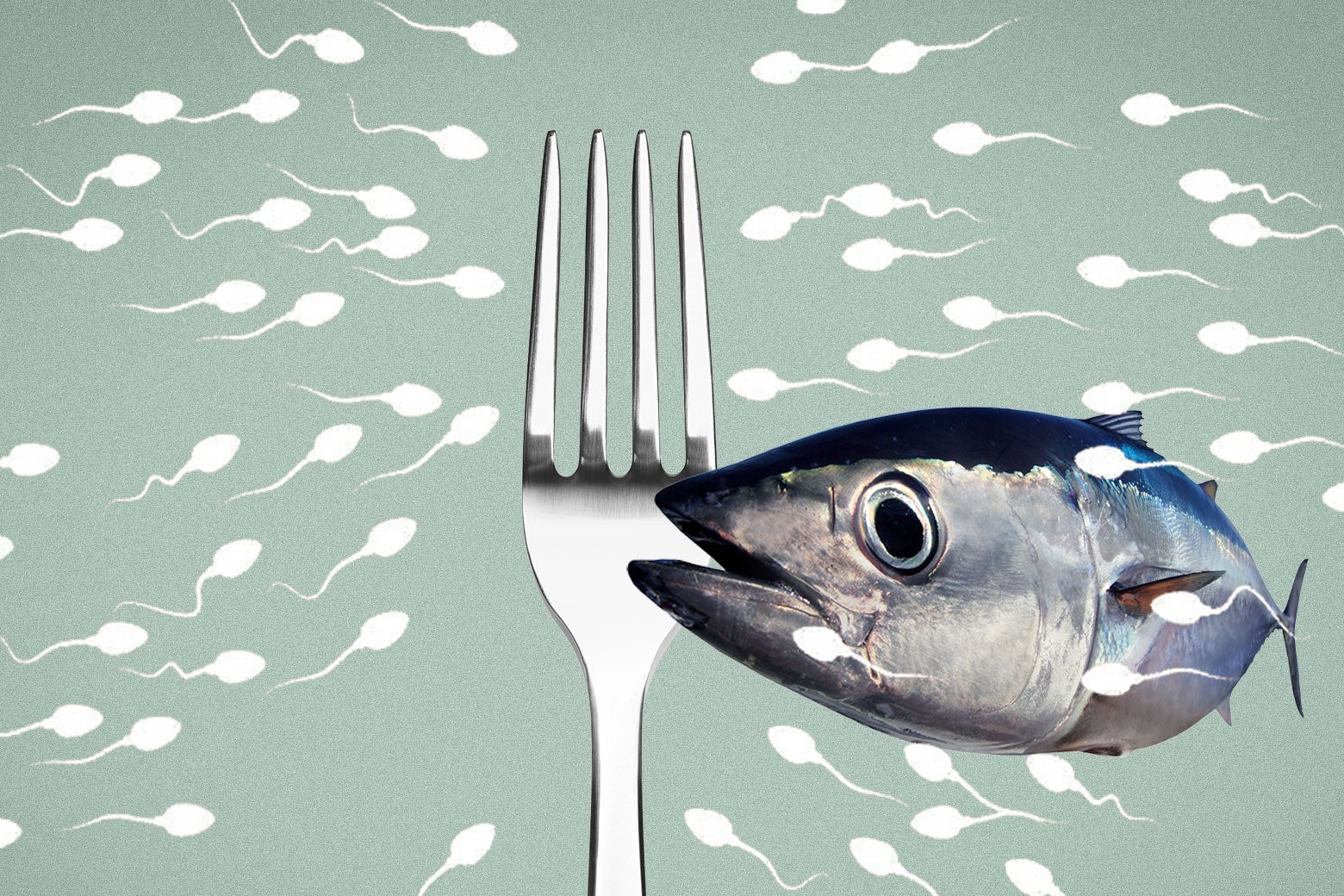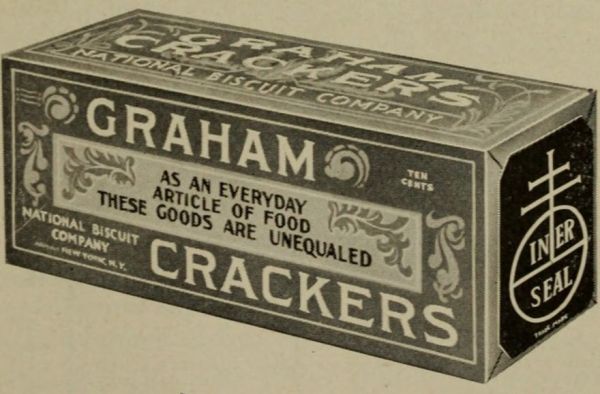Exploring the Culinary Curiosity: Why Fish Sperm is Overlooked in American Cuisine

The rising prices of eggs have sparked a curious dialogue in America about the consumption of different types of animal gametes, yet one intriguing delicacy remains largely ignored: fish sperm, or milt. This article delves into the gastronomical journey of milt, exploring its place in culinary traditions around the world and why it hasnt captured the taste buds of American diners.
My first encounter with this unusual dish occurred on Valentines Day in 2020 at a now-closed restaurant in Portland, Maine. The establishment was known for its seasonal menu, sourcing ingredients exclusively from within the state. This presented a challenging culinary landscape, particularly in the depths of a cold February. One pivotal moment of that dining experience was when my wife and I were served a beautifully plated dish featuring a filet of fish accompanied by a mound of mashed root vegetables. On the plate, however, was an unidentifiable, glistening pile of what the server introduced as cod milt.
Feeling somewhat sheepish, I inquired about the nature of milt, expecting it might be an organ like the intestine. However, the server, with a twinkle in her eye, explained, Its the sperm. With a facade of nonchalance, I brought the delicate substance to my lips. Surprisingly, it was a delightful experience; the texture resembled that of custard while the flavor was subtly creamy and slightly fishy. If I hadnt known its origin, I probably would have enjoyed it even more.
Reflecting on that moment has prompted me to consider why milt is scarcely found on menus across the United States. Eggs, the biological counterpart to sperm, are an integral part of American cuisine. They are enjoyed in countless preparations, forming a staple in every culinary tradition across the nation. Yet, the idea of consuming fish sperm remains largely alien to most diners.
While the consumption of mammal sperm is virtually unheard of in American cuisine, with exceptions like Rocky Mountain oysters (which are actually testicles), fish sperm presents a different story. Milt, as it turns out, does not require an act of bestiality for extraction, making it a more acceptable option. This organ not only produces seminal fluid but also stores sperm until the fish fertilizes its eggs. According to Jonathan Reisman, a culinary expert, consuming milt is akin to partaking in the fish's testicles, prostate, and millions of sperm cells all at once.
Despite its culinary potential, fish sperm is an uncommon sight in U.S. grocery stores and restaurants. When it does appear in media, its often presented as a humorous novelty. Notably, BuzzFeed once created a video that mocked the delicacy, and Andrew Zimmern sampled it multiple times on his show, dubbing it creamy and yummy a salute to Ron Jeremy in a bowl.
In contrast, milt enjoys widespread acceptance in various cultures across the globe. In Russia, herring or whitefish milt is pickled and known as moloka. Sicilian cuisine features tuna sperm, or lattume, which is grated over pasta, grilled, or fried. Polish traditions include herring prepared with kratsborsht, a sauce made from herring milt, often served at Christmas Eve dinners. Even in Japan, cod milt, known as shirako, has reached such popularity that imitation versions are crafted from tofu.
My own experience with milt continued during a recent trip to Japan. Across three distinct dining experiences, I was introduced to this delicacy in various forms: steamed in dashi at a high-end omakase restaurant in Tokyo, fried at a small tempura establishment in Kyoto, and poached and served with umeboshi sauce at a kaiseki dinner. The tradition of shirako consumption in Japan is rooted in a culture that emphasizes the importance of utilizing every part of a fish, minimizing waste.
The history of shirako's rise to delicacy status parallels the evolution of sushi culture in the 19th century. As chefs began to innovate and present food in new ways, milt gained attention among broader audiences beyond just fishermen. Today, it can be found in select high-end Japanese restaurants in the U.S., often included in winter omakase menus.
Gabriel Enjamio, service director at Omakase @ Barracks Row in Washington, D.C., notes that milt is sometimes featured as part of a $180 tasting menu during its seasonal availability. While not every patron finishes their milt serving, he notes that diners are generally open to trying it. In the omakase dining experience, trusting the chef to provide dishes appreciated by generations is paramount.
Interestingly, the availability of milt in the U.S. has little to do with scarcity. Fisheries in Alaska yield substantial quantities of milt, with processors producing over 350,000 pounds annually, much of which is exported to Asia. In California, distributors like Four Star Seafood import fresh milt from Tokyo while also offering frozen varieties sourced from Maine. Yet, sales remain modest, with companies like Wild Ocean Seafood Market in Florida selling a mere 200 pounds a year, primarily to Asian Americans and long-time residents.
The reluctance of mainstream consumers to embrace fish sperm can be traced back to societal perceptions and cultural constructs surrounding disgust. When I reached out to Paul Rozin, a psychology professor at the University of Pennsylvania, he pointed out that sperm is generally viewed as an expelled body substance, which elicits feelings of disgust among many. This discomfort contrasts sharply with the acceptance of other bodily byproducts like milk, which are staples in Western diets.
Interestingly, the perception of milt may not be as insurmountable as it seems. The characteristics that make milt unappealing to some are often found in beloved culinary staples. Whether it be the creaminess of panna cotta, the sliminess of okra, or the unique texture of gnocchi, many popular dishes share similar traits to milt. Plakias argues that disgust is largely a mental construct shaped by cultural beliefs and associations.
Understanding the origins of milt may help shift perceptions. Unlike mammal sperm, which is directly associated with sexual reproduction, fish sperm is expelled through a urogenital pore and can be extracted without sexual acts. The distaste associated with consuming milt may often stem from its connotation with masculinity and sexuality. Many find it challenging to dissociate the act of consuming sperm from sexual thoughts, which complicates its acceptability in American dining.
In marketing terms, those promoting milt often use euphemisms like soft roe to soften its image. By presenting milt as an exotic delicacy with alternative names, it attempts to bypass the psychological barriers associated with its consumption. To gain traction in the American market, it might be beneficial to embrace the sexual associations that some consumers find intriguing, similar to how certain segments eagerly seek out virility supplements.
Promoting milt as an environmentally sustainable choice could resonate with eco-conscious diners, particularly as there is a growing trend towards nose-to-tail dining to reduce food waste. However, historical attempts to shift dietary preferences often face resistance. During World War II, efforts to encourage offal consumption to save more desirable meats for troops saw limited success, as consumers quickly reverted to their familiar eating habits once the war ended.
Ultimately, for milt to find a place in the American culinary landscape, diners need to look beyond societal taboos. Once the mental gymnastics are navigated, fish sperm can be surprisingly delectable, boasting the smooth richness of custard and the briny freshness of roe. With a willingness to step outside conventional comfort zones, American diners could soon find themselves enjoying a rich new delicacy.
















